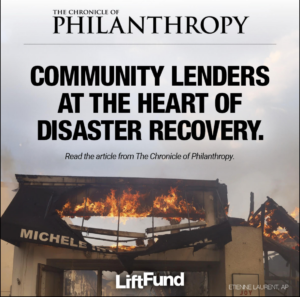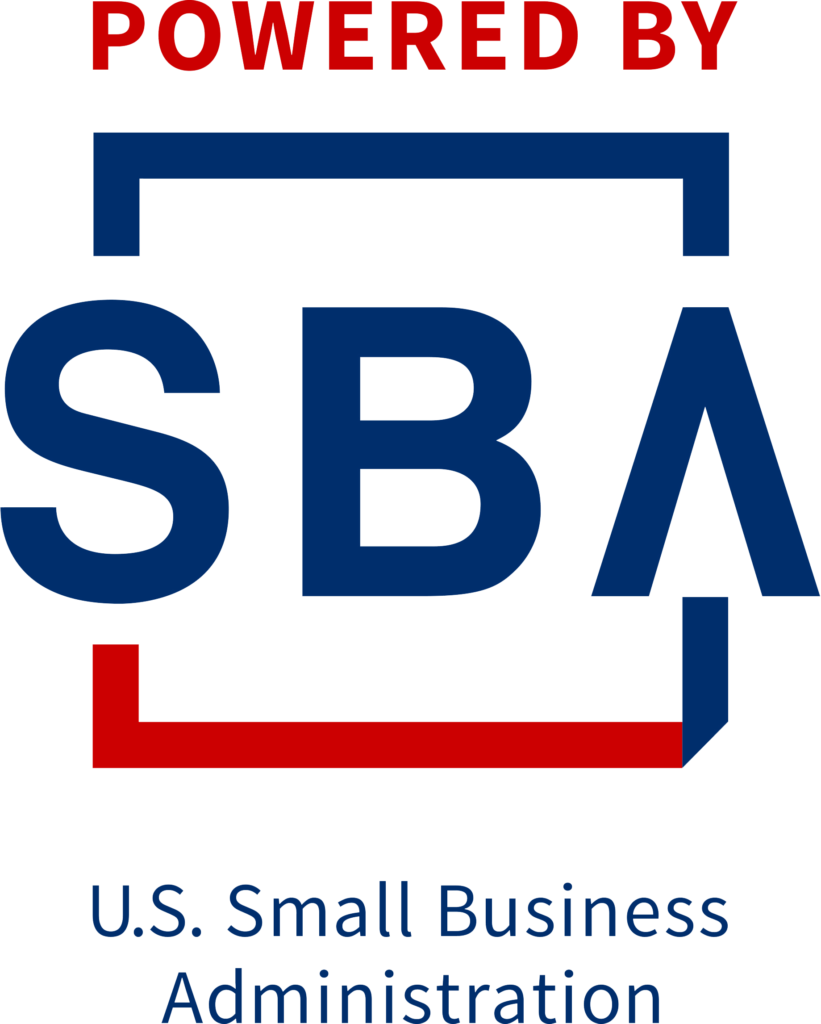
When disaster strikes, philanthropic giving can be a critical accelerator for nonprofit lenders like LiftFund in their mission to rebuild and strengthen small businesses. Unlike government assistance, which often faces bureaucratic delays, nonprofit lenders can deploy capital rapidly to entrepreneurs in crisis — as long as they have sufficient resources to meet the overwhelming demand.
This funding gap represents one of the most urgent challenges in disaster recovery. While helpers like LiftFund have the infrastructure and community connections to deliver timely support in cases like the Los Angeles wildfires, they often lack the capital reserves they need to serve all the eligible business owners affected by disasters.
In The Chronicle of Philanthropy, LiftFund CEO Amy Hereford and Aspen Institute’s Joyce Klein collaborated on this message, showing how strategic philanthropic investments can dramatically expand the reach and impact of these nonprofit lenders.
More than 70% of small businesses shut down within two years of events such as last month’s Los Angeles-area wildfires. The fires were among the costliest natural disasters in U.S. history, resulting in more than $250 billion in economic loss, affecting nearly 2,000 small businesses, and disrupting livelihoods.
Read the full article here.
By directing resources to trusted and experienced nonprofit lenders, these acts of philanthropy can have a more direct impact and create a more responsive and equitable recovery system. Working together we can preserve jobs, stabilize local economies, and help build sustainable futures for entrepreneurs who might otherwise be left behind.


